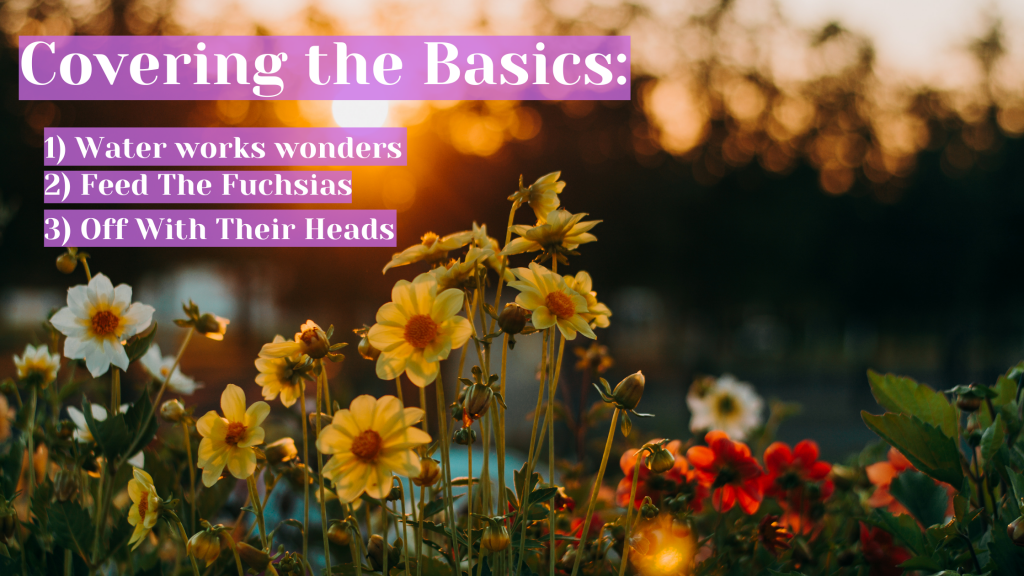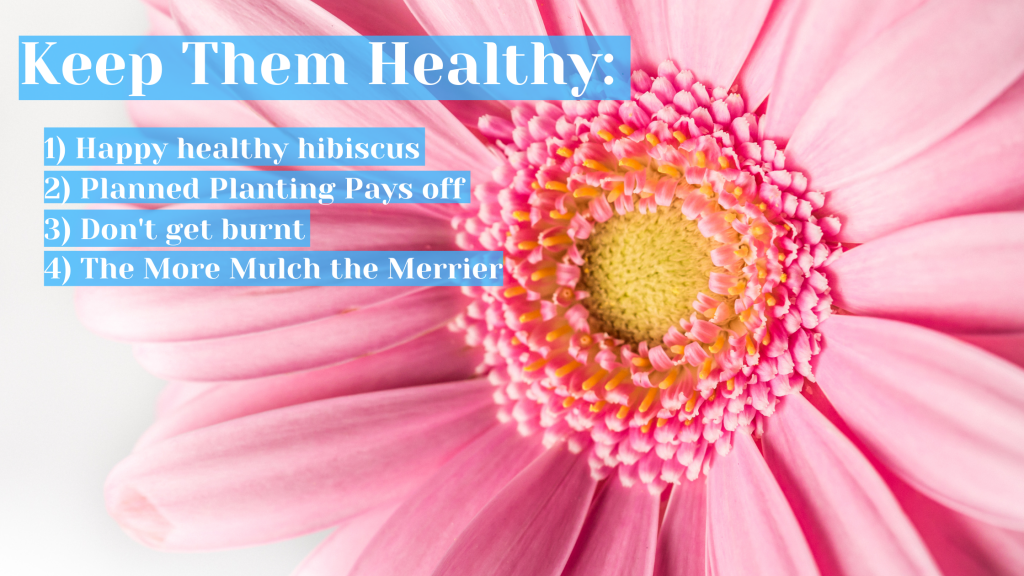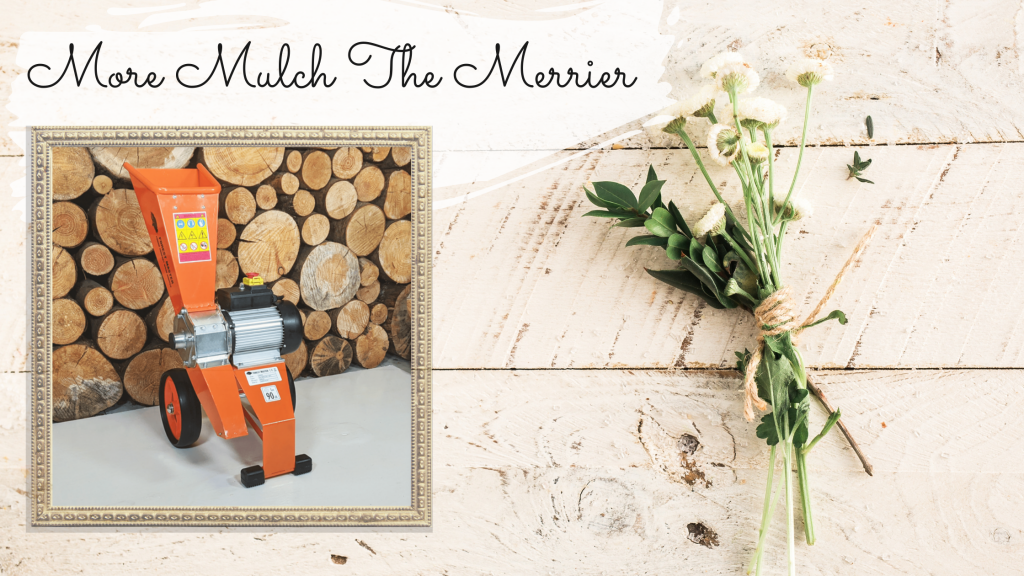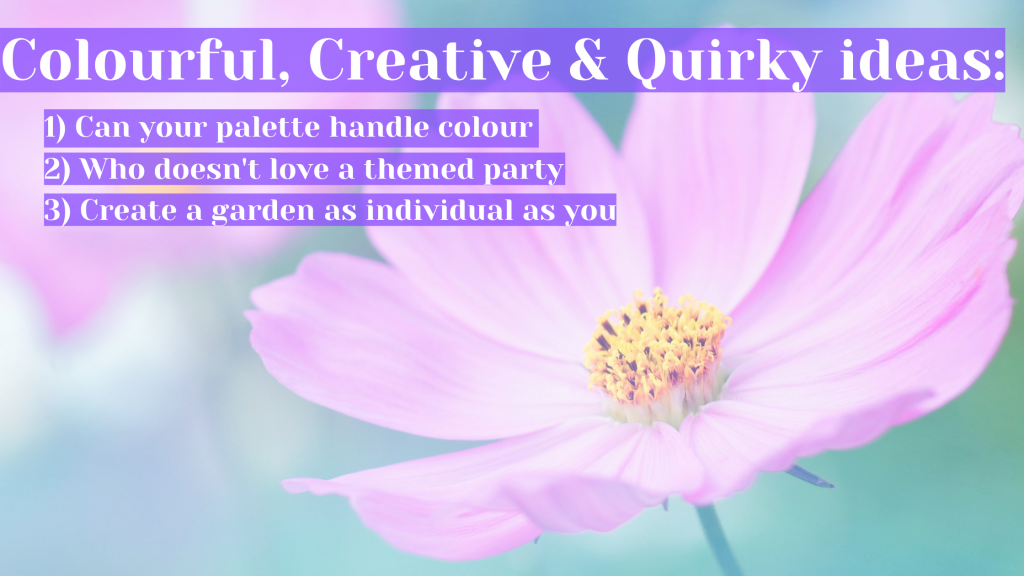If you’re anything like us, you spend your winter planting creative thoughts to sow over the spring and summer months. Whether you’re a green fingered pro looking for inspiration, or a novice with a growing passion for gardening – we’ll walk you through some tips today! We’ve written up 10 tips that cover everything from curating, creating and caring for your garden!

Covering the basics:
Water works wonders – now you’re probably thinking, does this guy seriously think watering plants is a tip? Yes, I do, watering your shrubs is the most important way to look after your plant pals. Through transpiration plants lose moisture, it’s crucial to ensure the soil is wet enough to replace it. Sunny summer days require more water than wet winters. Younger plants require more watering too with their smaller root systems. A top tier tip is to water plants in the evening during hotter weather, so it’s fed overnight. In the winter, feed in the morning so that it has time to dry out. Check out Forest Master’s blog on winter gardening tips here:
Feed the Fuchsias – so we’ve quenched their thirst, but it’s time to give them some of the good stuff. Lushes leaves love nitrogen, the route to strong root development is phosphorus, and potassium enriches and encourages flower and fruit development. You can get this through organic or non-organic fertilisers to feed your plants. You can also enrich your plants with mulch, we’ll come to that later on.
Off with their heads – prune and preen your plants! Trees, if unpruned can grow out of hand. All pruning entails is cutting off parts of the plant to reduce its size. Get creative with it! Prune it in a certain shape or trim certain plants to encourage others to grow. Moreover, deadhead plants that you don’t want to set seed to prevent their growth. Hedges love a fresh trim too, especially in their first few years. Set aside some time for ‘formulative pruning’ in the winter months, trimming to the desired height.

Keep them healthy:
Happy healthy hibiscus – the best way to keep your plants healthy is to not introduce sick plants. Getting a disease-ridden plant isn’t the free gift you had in mind. A quick google before purchasing will give you an idea of what to look for! However, checking for dead spots, rotted stems or insects is a good place to start. Moreover, checking what lurks below is just as important! Roots should be firm, white and spaced all over the root ball.
Planned planting pays off – take a bit of time to think about where and what you should plant! Have you ever considered planting disease resistant flowers? These varieties are fighters and don’t easily succumb to disease. Rose is resistant to black spot, asparagus is rust resistant and so on; a quick google will help you. Moreover, ensuring your plants have room to grow by not overcrowding. Crowded plants create their own humidity which allows diseases to flower & flourish. Furthermore, the lack of sun and sparce nutrients also plays a part.
Don’t get burnt! Use the correct fertilizer! Too much of any fertilizer can burn your shrubs roots, affecting its ability to get nutrients. Moreover, an overabundance can have a similar effect. It’s easy to get a soil test if you’re worried!

The more mulch the merrier! Mulch is spread and laid over the surface of the soil. You can get two types of mulch, both organic and nonorganic. It is used to supply moisture, supress weeds and both cools in the summer months and prevents frost in the winter ones. Why lose plants to scorching summers or wicked winters – this simple solution helps prevent that. Moreover, it provides slow-release nutrients and retains up to 70% more water than unmulched soil. Want to make your own? Check out Forest Master’s mulching blog here

Colourful, creative and quirky ideas for a beautiful garden
Can your palette handle colour – it should! Add splashes of colour, contrast and focal points to break up the green! You don’t have to only plant flowers; shrubs, herbs and vegetable offer great alternatives! We’d suggest keeping your eyes open next time you’re out and about, inspiration is everywhere – you’ve just got to see it!
Who doesn’t love a themed party, they’re the best! You know what’s just as good, a themed garden! Theming a garden around a colour, texture or flower can really stand you out from the crowd. Look at your garden now, do the colours coordinate? Could you rearrange for effect? Try framing plants with a few of one colour, then surrounded by a contrasting colour. Repetition is a simple and effective design trick, just use similar coloured plants or pots to edge a garden or flowerbed.
Create a garden as individual as you! Use quirky planters that can act as statement pieces. Add garden art, lighting and furniture to draw attention to areas. Maybe planting multi-purpose herbs to really maximise the return from your garden!
We hope you have enjoyed this blog post! Do let us know if any of these tips were helpful and check out our blog for more of our content – forest-master.com/blog.
